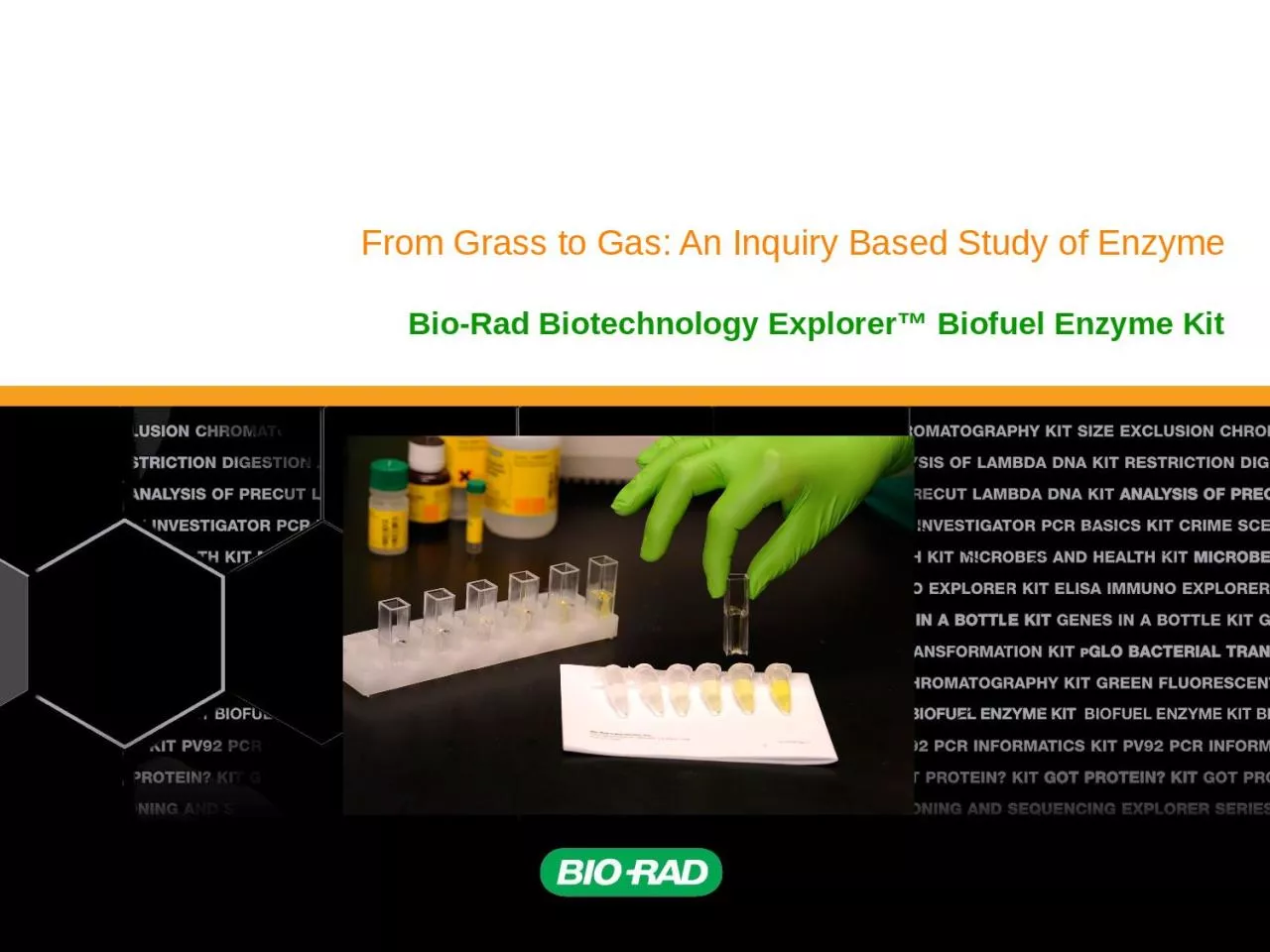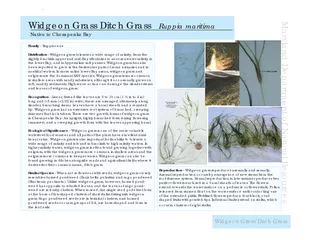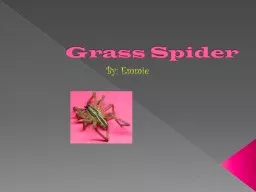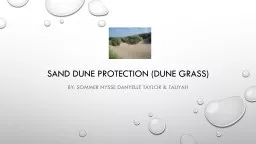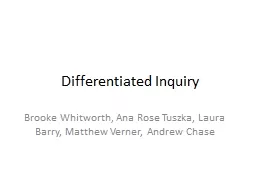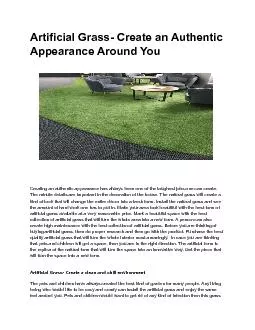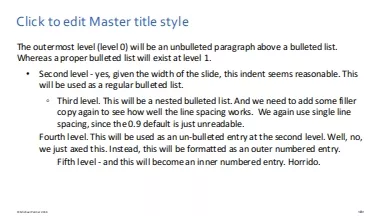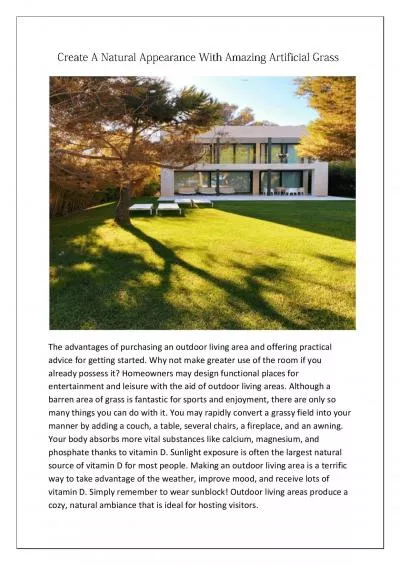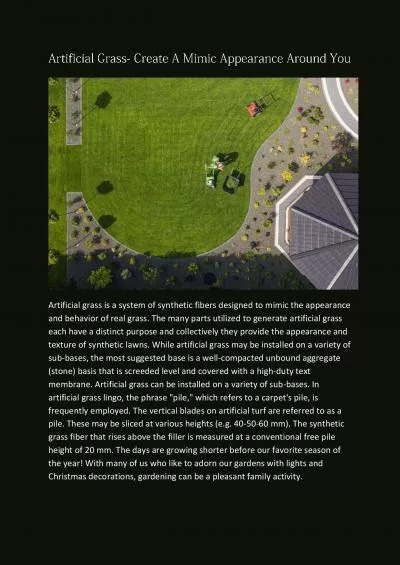PPT-From Grass to Gas: An Inquiry Based Study of Enzyme
Author : ximena | Published Date : 2022-06-11
BioRad Biotechnology Explorer Biofuel Enzyme Kit Instructors BioRad Curriculum and Training Specialists Sherri Andrews PhD Eastern US sherriandrewsbioradcom Damon
Presentation Embed Code
Download Presentation
Download Presentation The PPT/PDF document "From Grass to Gas: An Inquiry Based Stud..." is the property of its rightful owner. Permission is granted to download and print the materials on this website for personal, non-commercial use only, and to display it on your personal computer provided you do not modify the materials and that you retain all copyright notices contained in the materials. By downloading content from our website, you accept the terms of this agreement.
From Grass to Gas: An Inquiry Based Study of Enzyme: Transcript
Download Rules Of Document
"From Grass to Gas: An Inquiry Based Study of Enzyme"The content belongs to its owner. You may download and print it for personal use, without modification, and keep all copyright notices. By downloading, you agree to these terms.
Related Documents

